Send first 50 emails for free
Try Woodpecker for 7 days
Free access to advice on deliverability, cold emailing and more.
Try Woodpecker for 7 days
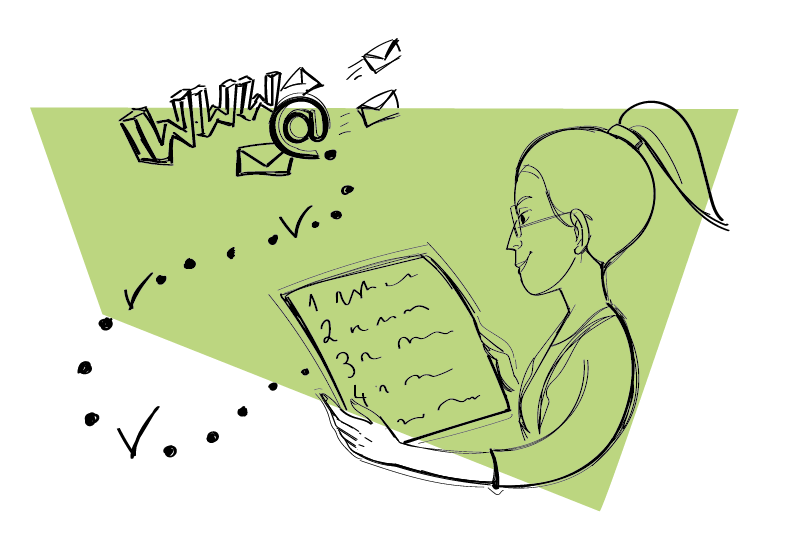
When you’re getting ready to start sending cold emails, the first thing you should do is set up a separate domain and mailbox that you’ll use only for cold outreach. This is a necessary step mainly for your domain’s safety reason, but also it allows you to handle the responses from prospects more effectively because they won’t mix with other business emails you receive. So without further ado, here's a nutshell guide on how to correctly set up a separate domain and mailbox for cold emailing.
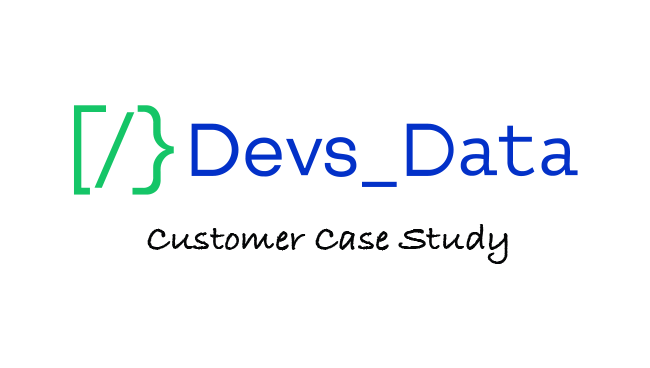
It's always interesting for me to see how our customers use Woodpecker - and what exactly do they use it for. Is it just for generating leads? Spoiler: no, it's not.
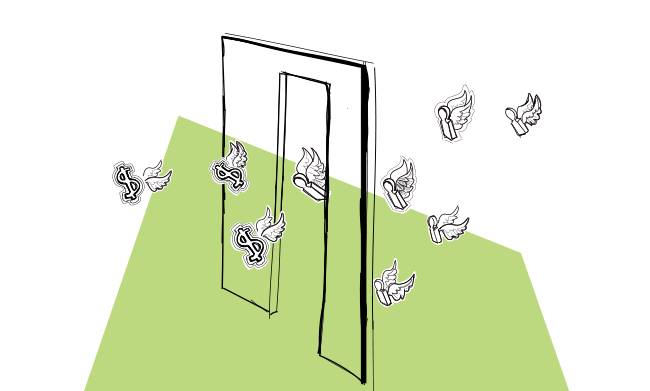
You might have the best SaaS product in the world, but still getting users to convert into paying customers won’t happen by itself. This process needs to be thought through and designed so as to nudge the user in the right direction. But how do you do so? What determines if users will convert or not? I asked SaaS Growth Specialist Michał Fiech to help me out with this one and chime in on the topic. Ready? Let’s go.
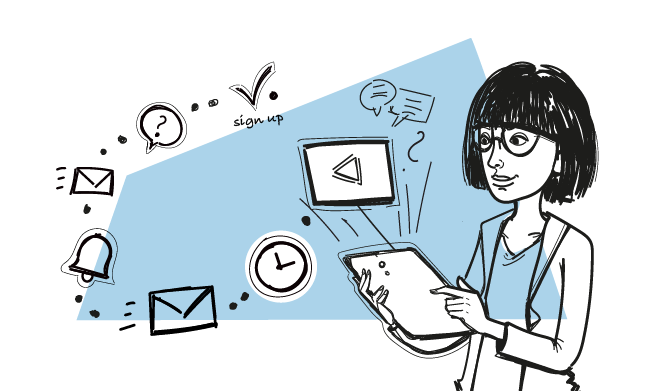
A few posts back I showed you how you can maximize your webinar ROI by creating a webinar sales funnel. The foundation of the funnel are the follow-up emails for each stage: to drive more registrations, boost the show-up rates and post-webinar conversion. In this blog post you’ll find a bunch of email templates for each stage of the webinar sales funnel and a few tips on how to turn more webinar attendees into customers.
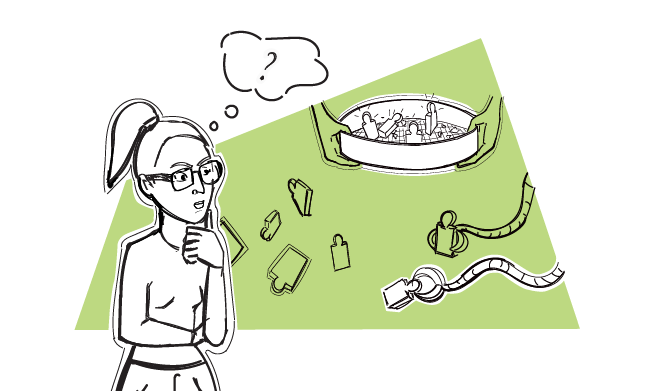
You’d like to hire a lead generation agency, but don’t know what to start with? Check what things you should consider before you sign the contract and get the ball rolling.
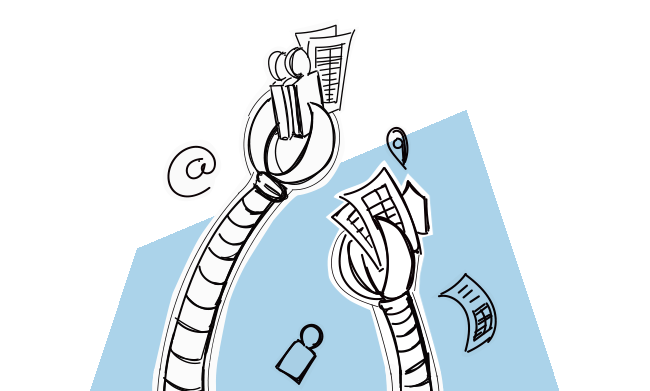
Desktop cluttered with dozens of CSV files, their copies, and copies of their copies. Sending CSVs back and forth between your team members. Time wasted on finding a way to stay organized despite the chaos. Sounds like a nightmare, right? Indeed, for many salespeople, it is a daily struggle. So why not ditch the CSVs for something easier to manage and more teamwork-friendly? For example, build your prospect list in Google Sheets and have it integrated with your follow-up automation tool? No more copying, importing and exporting. Let me show you how to make your prospecting more productive with the new Google Sheets integration, we’ve just rolled out.
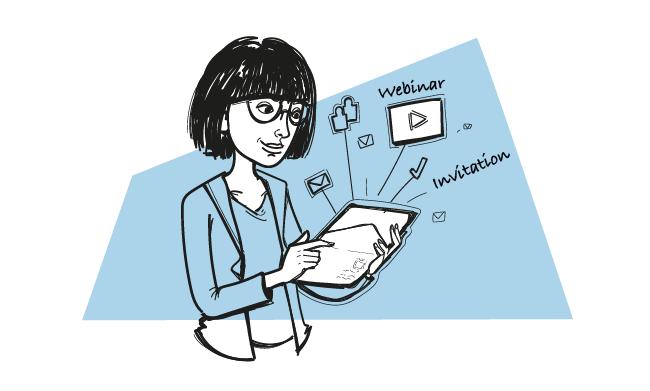
As you polish up your webinar presentation, it’s time to spread the word about the upcoming event and send out the invitations. If you’re stuck at “Hi!”, don’t worry -- I’ve done some research and prepared five webinar invitation email templates to get you inspired.